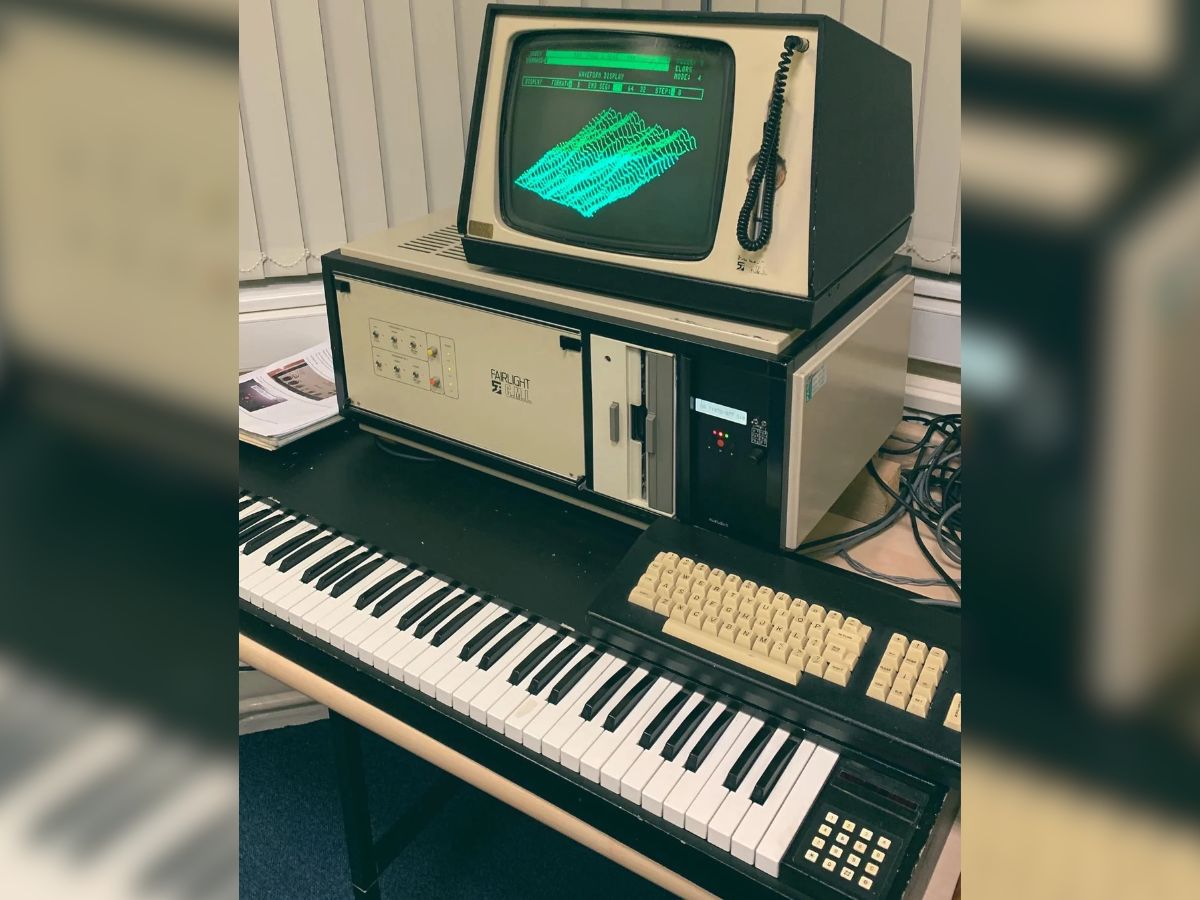
Ever wondered how ancient Egyptians managed to communicate without the alphabet we use today? Hieroglyphics hold the key, and boy, are they fascinating! These intricate symbols were more than just art; they were a complex system of writing that covered temple walls, papyrus scrolls, and even tombs. Imagine trying to text with pictures instead of letters – that's how they rolled! From priests to pharaohs, everyone had their stories etched in stone, quite literally. But there's more to hieroglyphics than meets the eye. Did you know some symbols represented sounds, while others had specific meanings? Let's dive into the world of ancient scribbles and uncover 26 mind-blowing facts about hieroglyphics. Ready to time travel through history with just words? Buckle up, because this is going to be an epic adventure into the past!
Key Takeaways:
- Hieroglyphics, the ancient Egyptian writing system, are a blend of pictures and letters, and they continue to fascinate people today with their intricate designs and enduring legacy.
- The study of hieroglyphics is evolving with technology, offering new ways to understand ancient Egypt and its culture, while also inspiring art, literature, and even tattoos.
Understanding Hieroglyphics
Hieroglyphics, often seen as mysterious symbols from ancient times, were actually the formal writing system used in ancient Egypt. These intricate symbols combined logographic, syllabic, and alphabetic elements, making them a fascinating subject of study.
-
Hieroglyphics date back to around 3200 BC, making them one of the oldest writing systems in the world.
-
The term "hieroglyphic" originates from the Greek words "hieros" meaning sacred, and "glyphein" meaning to carve. Thus, hieroglyphics can be translated to mean "sacred carvings."
Deciphering the Code
The Rosetta Stone played a crucial role in deciphering hieroglyphics. Discovered in 1799, it featured the same text in three scripts: hieroglyphic, demotic, and Greek, providing the key to understanding this ancient language.
-
Jean-François Champollion announced the decipherment of the hieroglyphic script in 1822, thanks to the Rosetta Stone.
-
Hieroglyphics were not only carved into stone but also painted on papyrus, walls, and tombs, showcasing a variety of colors and artistic styles.
The Structure of Hieroglyphics
Hieroglyphics are more than just simple pictures. They represent sounds and concepts, and their orientation can affect their meaning.
-
There are over 700 different hieroglyphs, some representing sounds, like letters, and others representing more complex concepts or objects.
-
Hieroglyphs can be read from left to right, right to left, or top to bottom, depending on the direction the characters are facing.
Hieroglyphics in Daily Life
Contrary to popular belief, hieroglyphics were not used for everyday communication among ancient Egyptians.
-
Hieroglyphics were primarily used for religious texts, royal decrees, and monumental inscriptions. For daily purposes, Egyptians used a script known as hieratic.
-
Animals and gods frequently appear in hieroglyphics, each symbolizing different sounds or meanings, reflecting the culture's deep connection with religion and mythology.
The Enduring Legacy of Hieroglyphics
Even after thousands of years, hieroglyphics continue to captivate people's imaginations and contribute to our understanding of ancient Egyptian culture.
-
Modern interest in hieroglyphics surged after the discovery of Tutankhamun's tomb in 1922, sparking a worldwide fascination with ancient Egypt.
-
Hieroglyphics have inspired various forms of art and literature, demonstrating their lasting impact on contemporary culture.
-
Despite their ancient origins, hieroglyphics remain a subject of study and admiration, symbolizing the enduring legacy of Egypt's civilization.
Hieroglyphics and Technology
With advancements in technology, the study and interpretation of hieroglyphics have become more accessible.
-
Digital imaging and 3D modeling allow researchers to study hieroglyphics in unprecedented detail, uncovering new insights into ancient Egyptian society.
-
Online databases and apps now offer tools for enthusiasts to learn about and even translate hieroglyphics, making this ancient script more accessible to the general public.
-
Artificial intelligence is being used to decipher fragments of hieroglyphics that were previously too damaged or incomplete to read, opening new chapters in the history of ancient Egypt.
The Mystique of Hieroglyphics
Hieroglyphics continue to be a source of mystery and intrigue, partly due to their complex nature and the fascinating civilization that created them.
-
Many hieroglyphic texts remain untranslated, holding potentially groundbreaking information about ancient Egyptian life, beliefs, and technologies.
-
The precise reasons for the decline of hieroglyphic writing around the 4th century AD are still debated, with theories ranging from the rise of Christianity to the simplicity of the Greek alphabet.
-
The aesthetic beauty of hieroglyphics, with their intricate designs and symbolic depth, makes them a popular subject for tattoos, jewelry, and artwork, blending history with modern fashion.
Hieroglyphics in Education
Educators and historians emphasize the importance of teaching about hieroglyphics as part of world history curricula.
-
Learning about hieroglyphics offers students a unique window into ancient Egyptian culture, religion, and daily life, fostering a broader understanding of human history.
-
Interactive museum exhibits and educational programs dedicated to hieroglyphics engage young minds, sparking interest in archaeology and linguistics.
-
Virtual reality experiences now allow people to "walk through" ancient Egyptian monuments and tombs, experiencing hieroglyphics in their original context.
The Future of Hieroglyphic Studies
As technology and interest in ancient civilizations continue to grow, the study of hieroglyphics is poised for exciting developments.
-
New archaeological discoveries in Egypt continue to provide fresh material for hieroglyphic research, promising new insights into ancient Egyptian society.
-
Collaborations between linguists, historians, and computer scientists are leading to innovative approaches in translating and understanding hieroglyphics.
-
Public interest in ancient Egypt and its writing system ensures ongoing support for research and preservation efforts, keeping the legacy of hieroglyphics alive for future generations.
-
The integration of hieroglyphic studies into broader academic disciplines highlights their importance in understanding the complexities of human communication and cultural expression.
-
Advances in non-invasive archaeological techniques are expected to uncover more about the contexts in which hieroglyphics were used, shedding light on their practical applications and societal significance.
-
As global awareness of cultural heritage preservation grows, efforts to protect and study hieroglyphic inscriptions contribute to a deeper appreciation of humanity's shared history and the value of ancient knowledge.
A Glimpse into Ancient Scripts
Diving into the world of hieroglyphics opens up a fascinating chapter of human history, showcasing our ancestors' ingenuity in communication. These symbols, more than just art, were the backbone of ancient Egyptian civilization, enabling the recording of history, culture, and beliefs that still captivate us today. Understanding hieroglyphics offers a unique lens through which we can view the past, revealing the complexity and richness of ancient societies. As we've journeyed through the 26 best hieroglyphic facts, it's clear that these ancient scripts are not just relics but keys to unlocking the mysteries of a bygone era. They remind us of humanity's enduring quest to communicate and connect across time, offering endless intrigue for historians, linguists, and the simply curious. So, next time you see a hieroglyph, remember, you're glimpsing into the heart of ancient wisdom.
Frequently Asked Questions
Was this page helpful?
Our commitment to delivering trustworthy and engaging content is at the heart of what we do. Each fact on our site is contributed by real users like you, bringing a wealth of diverse insights and information. To ensure the highest standards of accuracy and reliability, our dedicated editors meticulously review each submission. This process guarantees that the facts we share are not only fascinating but also credible. Trust in our commitment to quality and authenticity as you explore and learn with us.


